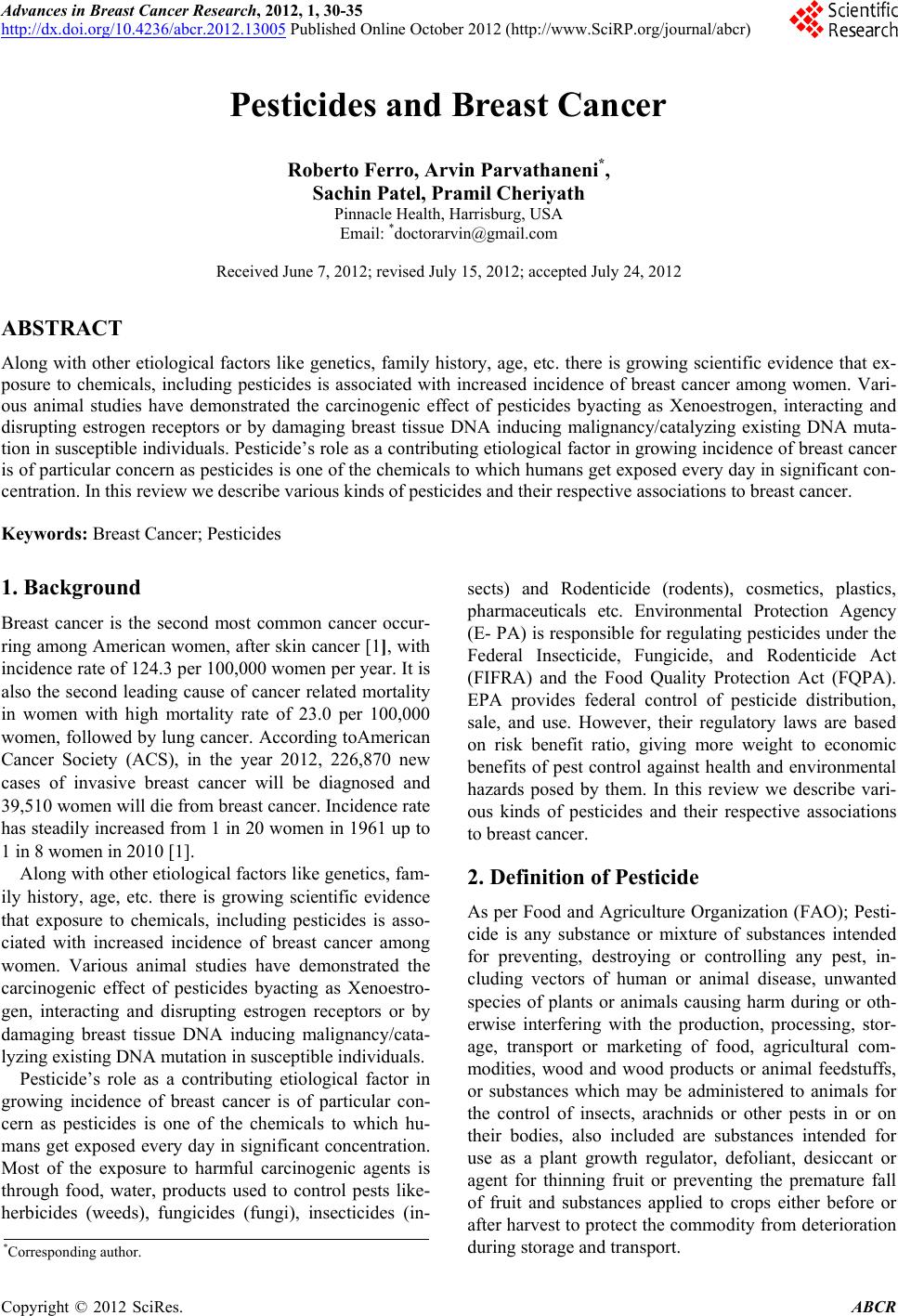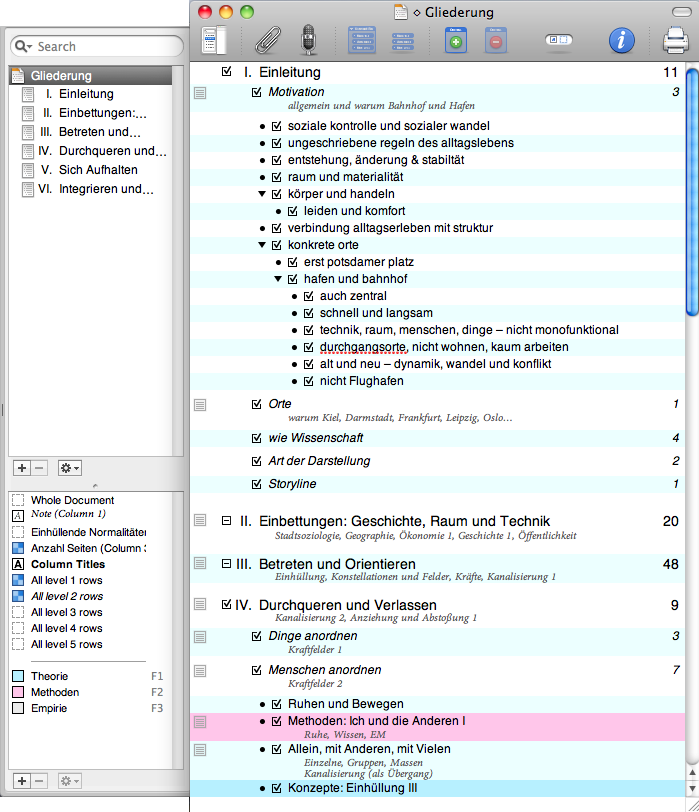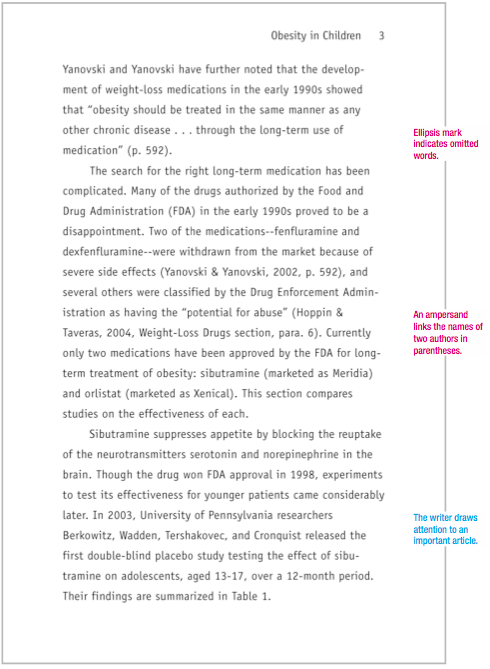Case study of childhood disintegrative disorder— Heller's.
Childhood Disintegrative Disorder (CDD) is a rare condition in which a previously typically-developing child very rapidly, sometimes even over a few days, loses intellectual and developmental skills. Children then stop communicating and playing with other children, and cannot look after themselves, often resembling a severe form of autism.
Introduction: Childhood disintegrative disorder (CDD), is a very rare disorder that is characterized by development of autistic like picture and marked regression following some period (at least.

Childhood disintegrative disorder (CDD) is a rare pervasive developmental disorder that involves regression after a period of at least 2 years of typical development.

Discusses the case of a 25-year-old male with childhood disintegrative disorder (CDD), or Heller's syndrome, in terms of differential diagnosis, progression of the disorder, and suggestions for home- and school-based interventions. Documents the progressive deterioration of cognitive and social competencies. (Contains 23 references.) (GCP).

A case study of childhood disintegrative disorder using systematic analysis of family home movies. Palomo R, Thompson M, Colombi C, Cook I, Goldring S, Young GS, Ozonoff S J Autism Dev Disord 2008 Nov;38(10):1853-8.

Childhood Disintegrative Disorder (CDD) is a rare condition where a previously normal child very rapidly, sometimes even over a few days, loses intellectual and developmental skills. Children then stop communicating and playing with other children, and cannot look after themselves, often resembling a severe form of Autism.

Abstract Childhood disintegrative disorder (CDD) is a rare pervasive developmental disorder that involves regression after a period of at least 2 years of typical development. This case study presents data from family home movies, coded by reliable raters using an objective coding system, to examine the trajectory of development in.

In one study, it is shown that 1.7 per 100,000 subjects have Childhood Disintegrative Disorder. CDD it is said to be rare and has a prevalence 60 times less than autism. The onset can be insidious or abrupt. Pre-monitory signs include increased activity levels, irritability, and anxiety followed by a loss of skills.

Childhood disintegrative disorder (CDD) is a rare pervasive developmental disorder that involves regression after a period of at least 2 years of typical development. This case study presents data from family home movies, coded by reliable raters using an objective coding system, to examine the trajectory of development in one child with a reported regression at 48 months of age.

Childhood disintegrative disorder otherwise referred to as Heller’s Syndrome or disintegrative psychosis is a pervasive developmental disorder characterized by marked regression in several areas of functioning after at least 2 years of apparently normal development. In this study, a case report of a 17 year old male Nigerian adolescent whose.

Surveillance of Progressive Intellectual and Neurological Deterioration (PIND) in Children (including Creutzfeldt-Jakob Disease) through the British Paediatric Surveillance Unit began in May 1997 with the main aim of determining whether or not a child has developed variant Creutzfeldt Jakob disease (vCJD). As the clinical presentation of vCJD is not typical of classical CJD, the aim is to.

The Diagnosed and Statistical Manual of Mental Disorders (DSM-IV) kriteria khusus untuk membantu pengasuh dalam mendiagnosis anak dengan CDD. Tampilkan anak, komunikasi khas yang sesuai usia verbal dan nonverbal, hubungan sosial, kemampuan bermain, dan perilaku adaptif didapatkan.

Keywords Childhood disintegrative disorder; Heller’s syndrome; Evolution of concepts; Nosology Introduction Childhood Disintegrative Disorder (CDD) first described a century ago in 1908 by Theodore Heller as “dementia infantilis”. Over the years, this condition described mostly as case reports in literatures and called.



